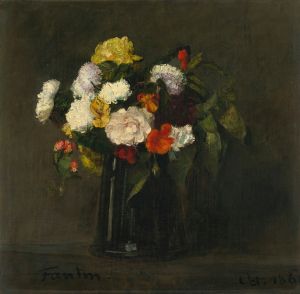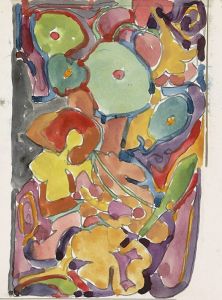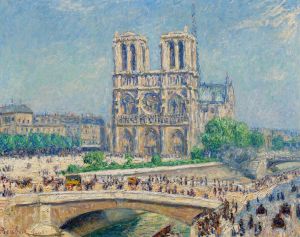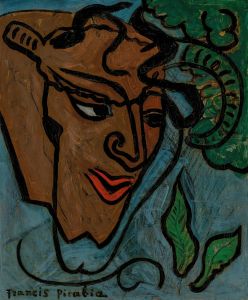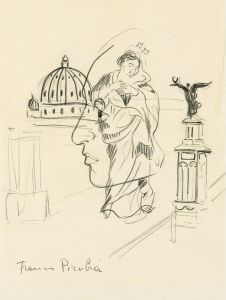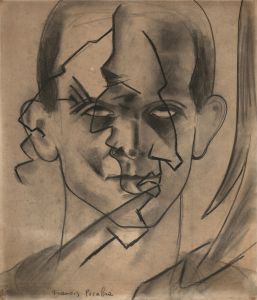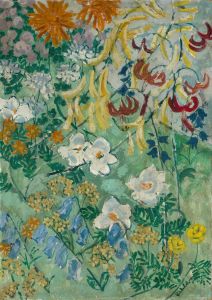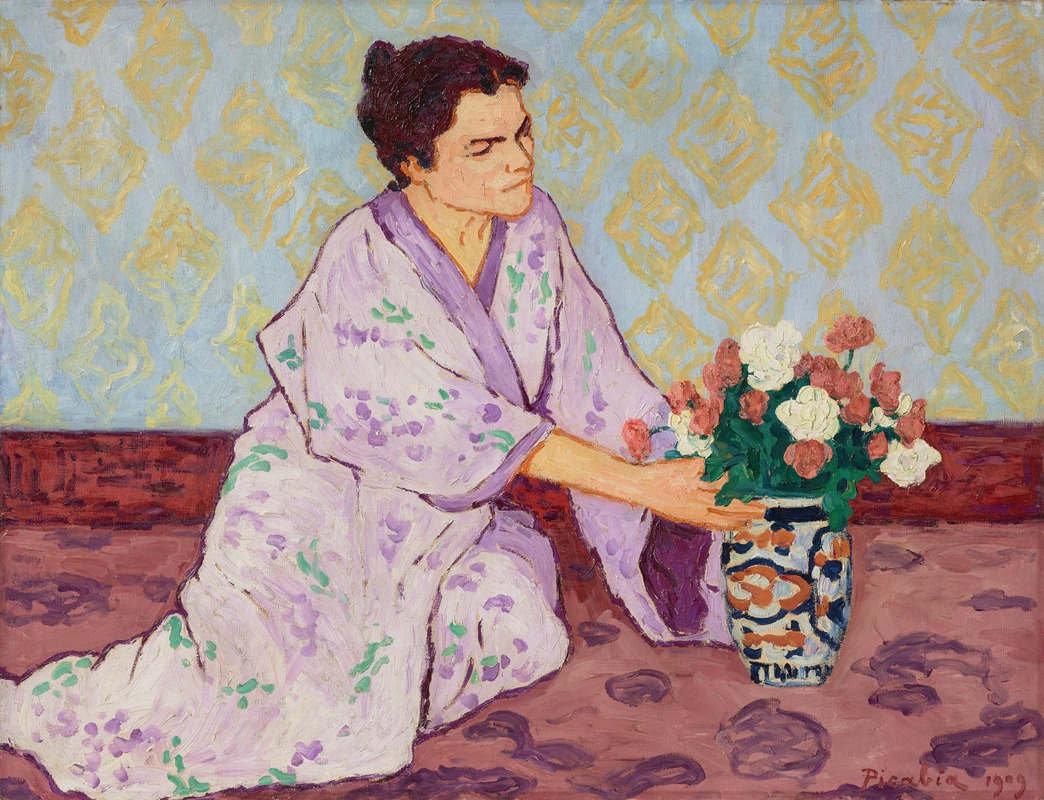
Le bouquet, Saint-Tropez
A hand-painted replica of Francis Picabia’s masterpiece Le bouquet, Saint-Tropez, meticulously crafted by professional artists to capture the true essence of the original. Each piece is created with museum-quality canvas and rare mineral pigments, carefully painted by experienced artists with delicate brushstrokes and rich, layered colors to perfectly recreate the texture of the original artwork. Unlike machine-printed reproductions, this hand-painted version brings the painting to life, infused with the artist’s emotions and skill in every stroke. Whether for personal collection or home decoration, it instantly elevates the artistic atmosphere of any space.
Francis Picabia was a French avant-garde painter, poet, and typographist, associated with a variety of artistic movements including Impressionism, Cubism, Abstract art, Dada, and Surrealism. His work often defied categorization, reflecting his eclectic interests and his tendency to experiment with different styles and techniques. One of his lesser-known works is "Le bouquet, Saint-Tropez," which exemplifies his diverse artistic approach.
"Le bouquet, Saint-Tropez" is a painting that captures the vibrant and picturesque essence of Saint-Tropez, a coastal town on the French Riviera known for its stunning landscapes and as a haven for artists and writers. While specific details about the painting's creation, such as the exact year it was painted, are not widely documented, it is known that Picabia spent time in the South of France, which influenced some of his works. The painting likely reflects his experiences and observations during his time in this region.
Picabia's style was known for its fluidity and adaptability, and "Le bouquet, Saint-Tropez" is no exception. The painting features a bouquet, possibly symbolizing the natural beauty and the lush environment of Saint-Tropez. The use of color and form in the painting may demonstrate Picabia's interest in capturing the essence of his subjects rather than adhering to strict representational techniques. This approach aligns with his broader artistic philosophy, which often challenged conventional norms and embraced innovation.
Throughout his career, Picabia was known for his ability to merge different artistic influences and create works that were both visually striking and intellectually engaging. His involvement with the Dada movement, in particular, highlighted his interest in exploring the absurd and the unconventional. Although "Le bouquet, Saint-Tropez" may not directly reflect the Dadaist principles, it embodies Picabia's broader commitment to pushing the boundaries of artistic expression.
Picabia's work, including "Le bouquet, Saint-Tropez," has been exhibited in various galleries and museums around the world, contributing to his reputation as a significant figure in modern art. His paintings are appreciated for their boldness and their ability to capture the spirit of the early 20th century, a period marked by rapid change and experimentation in the arts.
In summary, "Le bouquet, Saint-Tropez" is a testament to Francis Picabia's versatile artistic talent and his ability to draw inspiration from his surroundings. While specific details about the painting may be scarce, it remains an important piece within Picabia's oeuvre, reflecting his unique vision and his contribution to the evolution of modern art.





